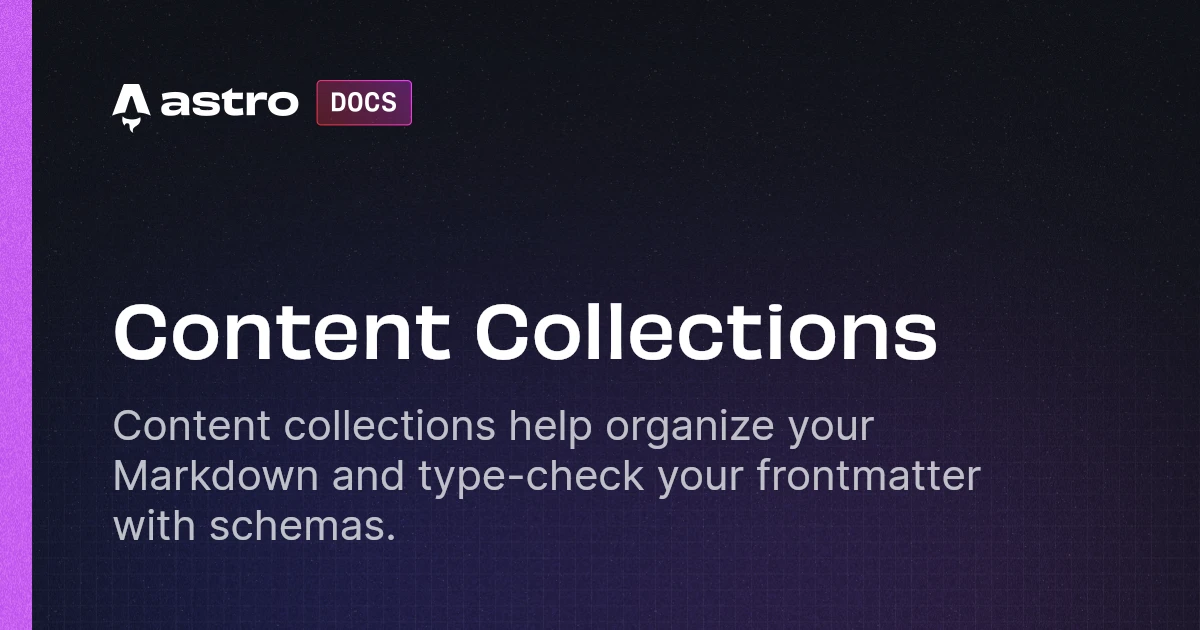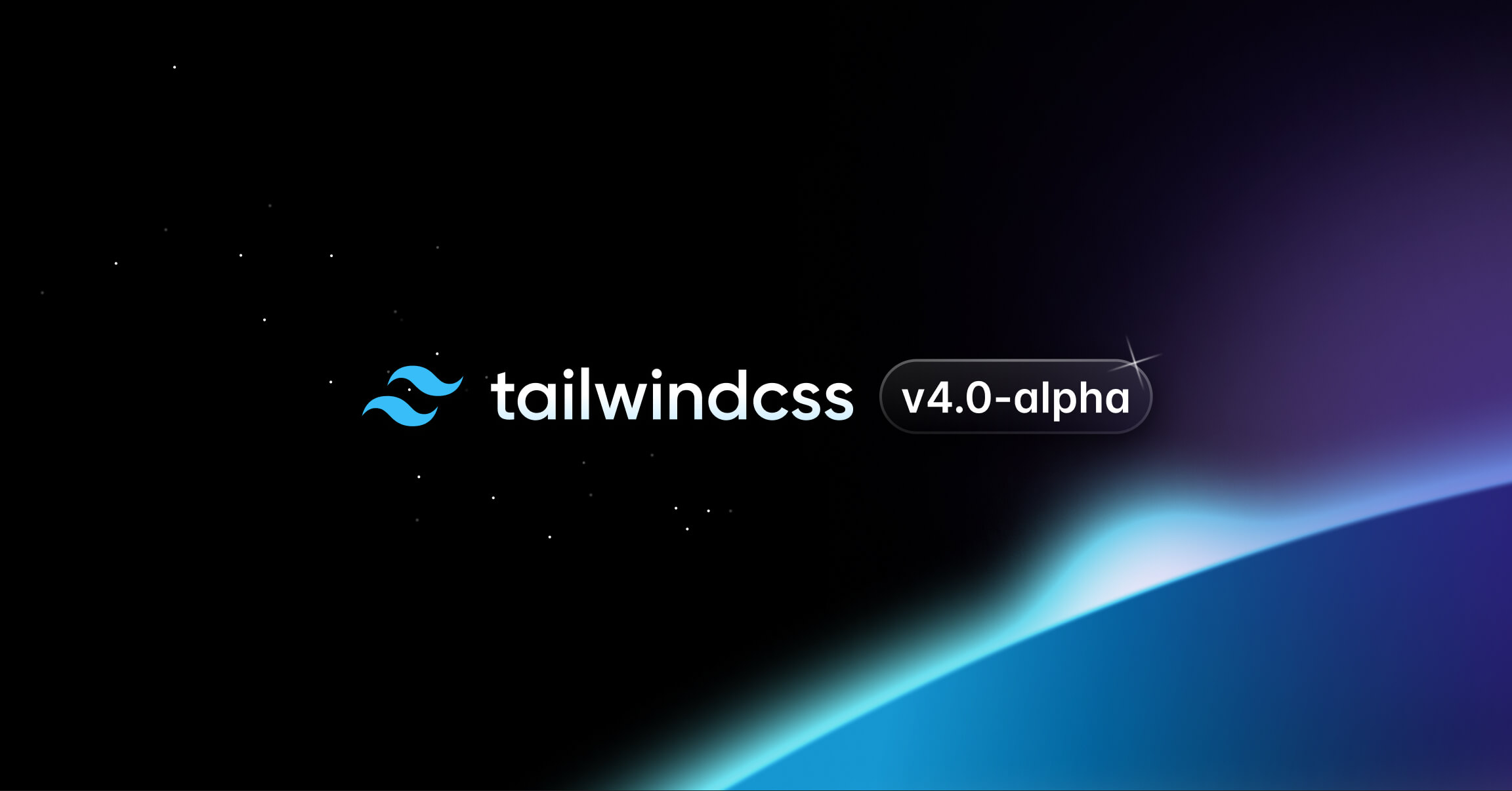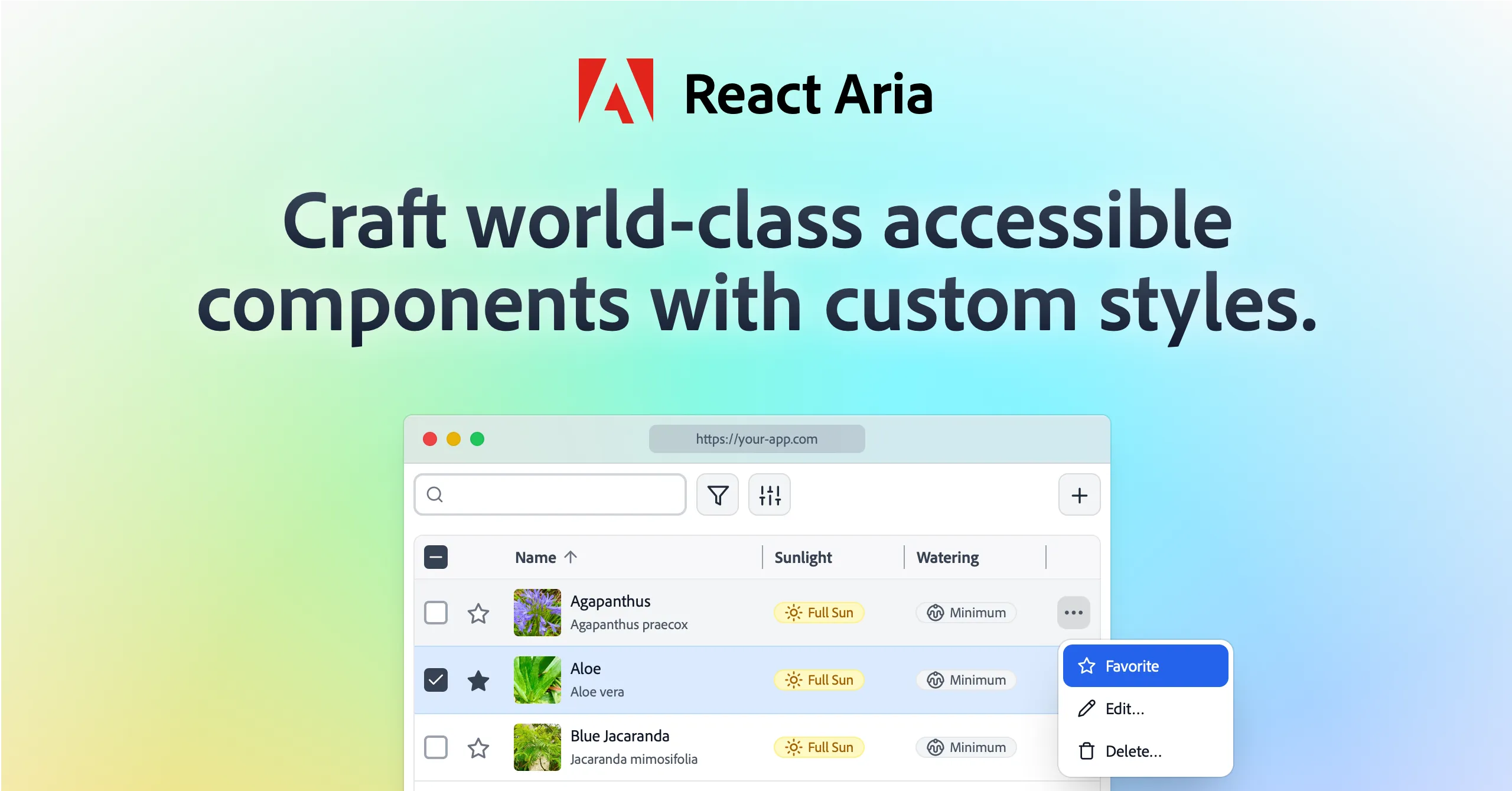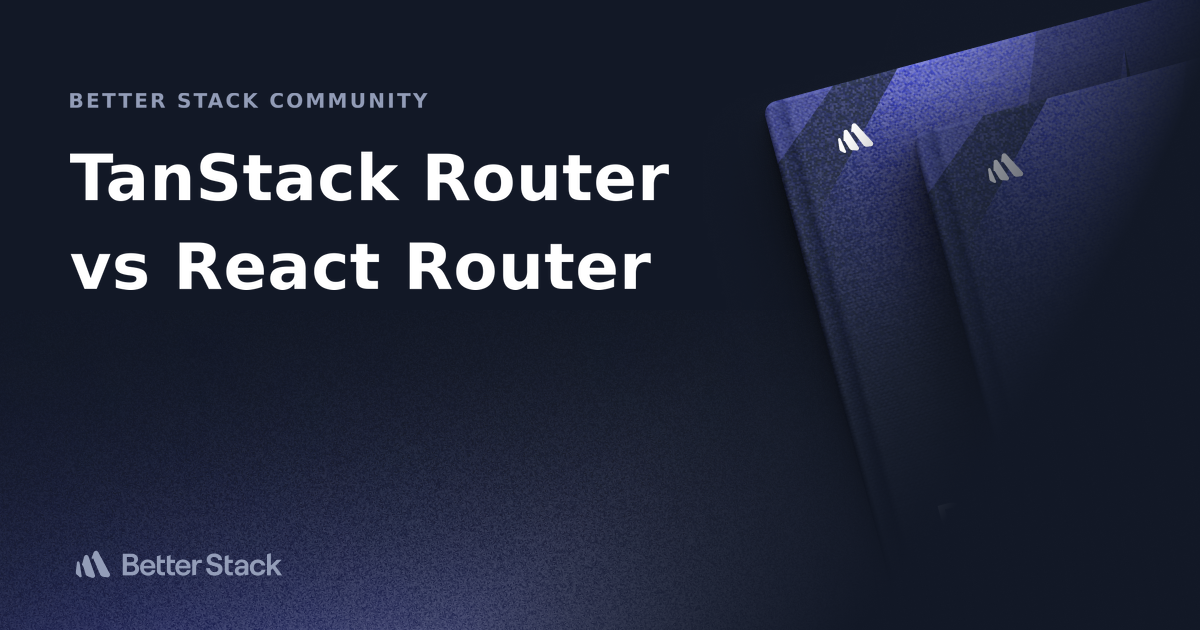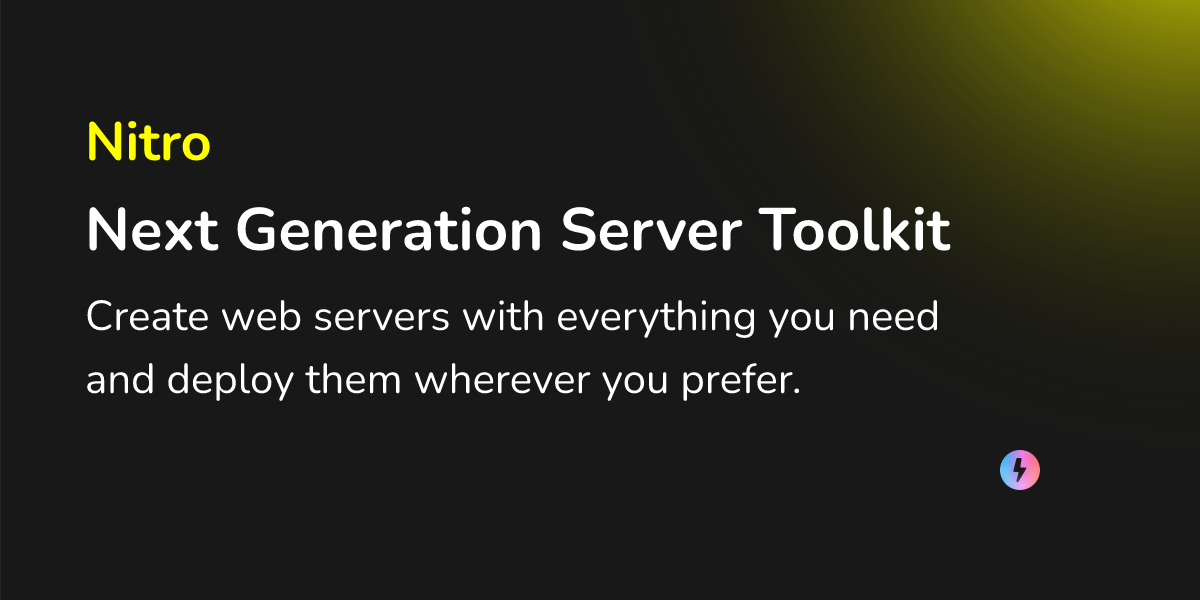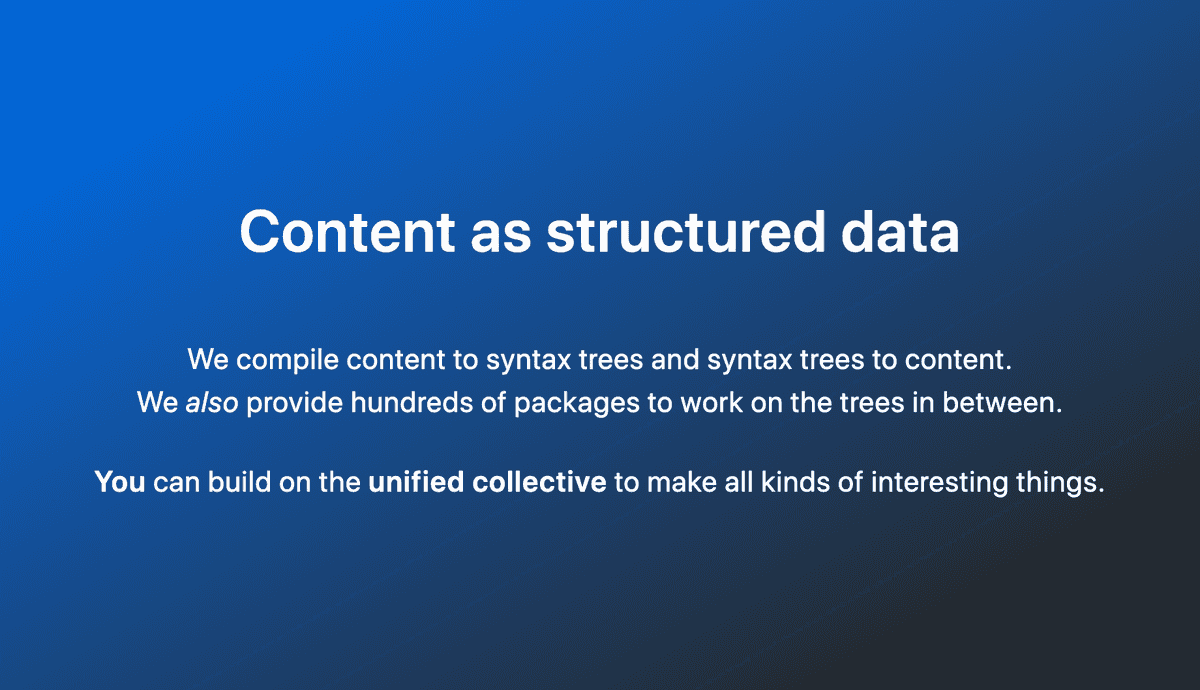In an era dominated by AI, the relevance of personal blogging is often questioned. In this post, I will explain the rationale for building a new blog from scratch in 2025 and detail its technical implementation, which I call the LATE Stack.
This post was written with the assistance of AI to improve clarity and generate some content.
Background: Blogging in the age of AI
Artificial intelligence (AI) has become ubiquitous. AI models scrape, digest and remix information from across the web, often presenting it without its original context. Proprietary AI models also pay for access to content — companies like OpenAI sign licence deals with publishers, news organisations, and research databases.
For publishers and media platforms, this is a crisis. Even as they move content behind paywalls, AI companies believe they can eventually bypass publishers entirely. (Note that the linked article is behind a paywall).
The Model Context Protocol (MCP) is gaining traction, enabling agents to fetch information and perform effects. Despite ongoing security concerns, its adoption continues to grow, and it is poised to become dominant. As a consequence, traditional web search is losing relevance, and direct website visitation may decline.
This raises a question for individuals: Does it still make sense to write a blog in 2025? Is it too late to even start? It's so over.
From a pessimistic viewpoint, the outlook appears bleak. AI models peruse and regurgitate content. AI chats generate synthesised responses. Even though they direct some of the traffic to original sources, your work may be consumed to fuel a chatbot's reply, often unacknowledged, even at the best scenario.
In this landscape, the purpose of blogging shifts. It is less about utility that AI can replicate. Perhaps it should be more about originality. Or about contexts. Since the old paradigm (writing for everyone) is being lost or getting no reward, you have to either select whom you serve or just leave the game.
Motivation: Reclaiming control
In an era where AI-generated content floods every platform, building a bespoke blog system is an act of reclaiming control. It is about more than just publishing words—it is about shaping the entire experience for both the author and the readers.
Building a custom platform provides ownership over:
- The architecture for creating, displaying, and discovering content—unencumbered by third-party constraints.
- The user experience, tailored to specific values and vision.
- The developer experience, permitting evolution without vendor lock-in.
- Data and privacy, frequently compromised on “free” AI platforms. This approach retains options such as a paywall.
In this AI era, where automation entices us to outsource creativity, constructing a custom platform can be a deliberate choice: to author not merely content, but context. It is a commitment to authenticity, craftsmanship, and ownership.
This is platform sovereignty: comprehensive control over the stack, from tools and interface to data and infrastructure.
There is also a necessity to write. Open-source projects risk being utilised without credit and merit proper explanation and context.
For technical documentation, tools such as DeepWiki are emerging. Publishing fragmented information deducible from code is less valuable. The focus should be on organising information in a coherent and imparting insights.
For instance, when creating content for Emacs, elucidating the architecture is insufficient. Demonstrating features in action, as alphapapa advocated, is more efficacious. A focus on community success would have precipitated this approach sooner.
Building a custom publishing system from scratch
This website is built mainly in TypeScript, the prevailing choice for frontend development in 2025. While other languages could be used, “black box” web frameworks in Rust or Go—marketed as fast—are avoided. The priority is not raw performance but correctness and understanding. When tackling an unfamiliar domain, sticking to one flexible language is beneficial. Here, it is TypeScript.
Past experience with Hugo for a personal site (2017–2020) involved generating Markdown from Org mode files using ox-hugo. Customising it was tough. There was an issue with TLS, but I left it unfixed due to lack of interest. This dissatisfaction was partly due to unclear purpose of the website. After all, I never liked Go for building anything that is not boring.
Inspiration: Content collections from Astro
Astro is a web framework designed for content-driven websites. It does not only excel at performance-oriented static sites. It is also highly versatile. Its Islands Architecture allows for the integration of multiple UI frameworks like React, Vue and Svelte. Many modern documentation sites are built with Astro Starlight, which is used in one of my own projects. For rapid static site development, Astro is an excellent choice.
Astro is built around content collections. A collection is a set of content entries governed by a schema, with a backend ranging from static Markdown files to a headless CMS. The data is programmable and schema-validated, fitting modern schema-driven development.
However, Astro has limitations. It lacks native support for type-safe routing, a feature becoming standard in frameworks like TanStack Router and recent React Router versions. This makes Astro less suitable for interactive applications. While a third-party solution exists, its unofficial status makes it risky. Astro is optimised for content-heavy sites, not complex web apps.
Inspired by Astro's collections, this project re-implements the concept in a React app. React was chosen for its rich ecosystem and capabilities. The main challenges are managing bundle size and performance. This decision reflects a core goal: full control over user experience. Purely static sites are less relevant as serverless environments mature, making dynamic, full-stack approaches on platforms like Cloudflare Workers more appealing.
The Rise of Effect-TS
TypeScript wasn't always seen as a first-class backend language. It is a superset of JavaScript, which originates in the browser.
A key weakness for backend development has been its leaky try-catch exception
handling. While some claim TypeScript is a “full-stack language,” experienced
backend developers often remain sceptical.
The JavaScript ecosystem has been frustrating, marked by constant reinvention and a complex toolchain. The promise of TypeScript as “one language to rule them all” often fell short, requiring numerous utility libraries, along with a formatter, linter, and bundler, just to build a single app. This setup forced developers to manage many parts before addressing core logic.
Enter Effect. After a long development period, it reached its first stable version last year. While it offers a powerful effect system, It is much more: a complete, batteries-included application framework built on TypeScript syntax. Though it has a learning curve, its robust, functional approach is compelling. Recently, Effect entered its early adopter phase.
Effect includes a schema library, like Zod, optionally supporting the Standard Schema v1 specification. This allows seamless integration with TanStack Router. ChatGPT helped draft an initial specification for Effect Collections, implementing Astro's content collections using Effect schemas. This approach uses one set of schemas for validating both content and routing parameters.
What is the LATE Stack?
The LATE Stack is the name for this project's technology stack. It includes Lightning CSS (L), React Aria (A), TanStack Router/Start (T) and Effect (E). This stack supports full-stack app development with end-to-end type safety.
The name is partly a joke. While acronyms like LAMP and MEAN were common, today's developers mix frameworks to meet needs. Quality attributes matter. The name LATE also reflects the feeling it may be “too late” to start a blog, a sentiment this project defies.
The stack's main focus is maintainability. The goal is to avoid frequent stack changes, which waste time better spent on meaningful work. A stable, traceable system is crucial. This is a conservative choice, but one prioritising developer experience.
Lightning CSS
Lightning CSS is a modern, fast CSS parser, transformer, and minifier written in Rust. It is a faster successor to PostCSS, and Tailwind CSS has switched to Lightning CSS.
This project uses vanilla CSS, supported by the argument that vanilla CSS is a strong contender in 2025. Recent language advancements have made extensions like SCSS largely obsolete. Beyond code organisation, writing standard CSS is the most unopinionated and future-proof styling method, and Lightning CSS offers modern tooling for it. AI tools (at least Claude Code) can also generate CSS from the user's prompts.
This isn't a rejection of utility-first frameworks like Tailwind CSS. While used in other projects, here, vanilla CSS's directness is preferred as a learning tool and stable foundation.
React Aria
Though this site is mostly static, there are plans to add interactive elements using components.
Headless (unstyled) components are widely adopted nowadays. They speed up the development of high-quality, custom-designed apps, crucial for branded products. For instance, one might use Radix Primitives—the foundation for the popular shadcn library—directly. Headless components save time compared to building from scratch and offer a solid foundation for accessibility, including robust keyboard navigation.
React Aria is another top headless component library. Developed and maintained by Adobe as a free, open-source project, it is known for its best-in-class accessibility support. While it previously offered only a hooks-based API, the newer React Aria Components (RAC) provide a much-improved developer experience.
Both Radix Primitives and React Aria are excellent choices. React Aria was chosen for its stricter accessibility compliance and superior internationalisation support, though other options may be considered if needed.
Other alternatives include using Mantine without its styles. As native HTML capabilities improve, reliance on such libraries may decrease over time.
TanStack Start
In the React ecosystem, Next.js has been dominant for years, with Remix emerging as a strong competitor. Remix has since merged with React Router, which is also popular.
TanStack Router is a newer entrant from the creators of the widely-used TanStack Query (formerly React Query). The growing TanStack ecosystem makes it an attractive option to invest in.
Having been used in other applications, TanStack Router's well-integrated data loading capabilities are particularly suitable for the Effect-based content collections in this project.
TanStack Start is a framework built on TanStack Router. It is a full-stack framework, like Next.js or Remix, supporting various data loading patterns in serverless deployments.
Currently, the framework is still maturing, and its support for major deployment providers is incomplete. A recent refactor removed the dependency on Vinxi, causing a temporary regression in its support for Nitro. The team is working to make Nitro optional. While this modular approach will be beneficial long-term, it has temporarily removed the ability to customise server configurations, like cache policies. This should be resolved soon.
Effect-TS
Finally, there's Effect. Having used it in other projects, it is become indispensable for writing TypeScript. It is important to note that using the full Effect runtime on the front-end is discouraged due to its impact on bundle size. Therefore, runtime-dependent features like concurrency and managed error handling should be avoided in client-side code. However, Effect remains highly useful even without its runtime, offering a suite of “batteries-included” modules for functional programming in TypeScript:
- Functional libraries (e.g.
pipefunction) - Schemas, supporting Standard Schema
- Utility libraries for strings, arrays, etc.
With its runtime, Effect excels at building concurrent, I/O-bound backend services. The project's repositories are also a valuable learning resource, showcasing cutting-edge software development practices.
In this project, Effect is mainly used for schemas and the build pipeline integrated into Vite.
Authoring workflow with Effect-TS
After brainstorming the concept of Effect Collections with ChatGPT, it was implemented within the TanStack application. This section provides an overview of the system, covering the (1) source format, (2) build pipeline and (3) deployment.
Unified: Content as syntax trees
In the Collections API, content is accessed via an abstract TypeScript API, allowing for virtually any back-end to be supported. For simplicity, however, this implementation uses the traditional YAML front matter + Markdown source format, common in static site generators and blog systems.
In the AI era, Markdown's momentum continues to grow. As a heavy user of Emacs Org mode, I recognise the complexity involved in Org mode's implementation. The preference is to define the Markdown pipeline via a syntax tree processor for stability and predictability. While integrating Org mode remains of interest, it would require every stage of the pipeline to be precisely specified—which is why I'm working with syntax trees. In this model, Org would become just another step in the pipeline.
There is an umbrella ecosystem called unified, which is a
collection of libraries for transforming content between various text-based
formats. In this world, content is represented as a syntax tree. Each format
has a corresponding syntax tree specification, like mdast for Markdown and
hast for HTML. By chaining a parser, plugins (transformers) and a compiler
(serialiser), you can create a processor to convert from one format to another.
This enables deeply customisable document conversion pipelines by combining
plugins for different syntax tree specifications. These syntax trees can also be
serialised to JSON, allowing intermediate representations to be saved.
A technical challenge with Markdown is its lack of a precise standard, leading to numerous variants. The unified ecosystem addresses this by allowing a specific Markdown flavour to be defined by combining plugins for remark (for Markdown syntax trees) and rehype (for HTML). The stability of these ecosystems makes this a relatively safe and reliable approach.
The remark and rehype plugin ecosystem is rich, and custom plugins can also be created. Several have already been implemented, including one for generating OGP link cards. The Content Style Guide is an example post written in this custom Markdown format. AI coding assistants like Claude are effective for implementing such plugins.
It is not always necessary to load data from Markdown files. For a collection of static data, it would be sufficient to hard-code the data and define a loader function.
Implementing the build pipeline with Effect
To catch errors early, posts are processed at build time (during vite build or
vite dev), not when a request is rendered on the production server.
Since the application uses Vite, the pipeline is integrated as a Vite plugin. The pipeline itself is implemented as an Effect layer and executed on a ManagedRuntime within the Vite server process. This integration is documented in Content Pipeline in Vite.
For blog posts, each Markdown file is processed and saved as a JSON file
containing a hast (HTML syntax tree), not a final HTML file. This approach
allows for the use of React components within Markdown content. The hast is
transformed into JSX at render time using
hast-util-to-jsx-runtime. While this introduces a
minor runtime overhead, it provides a good trade-off between performance and
flexibility.
An index of all posts is also generated as a JSON Lines file, enabling the post archive to be displayed instantly. To minimise data loading overhead, no database is used. The post index is sorted by date and read as a stream to efficiently paginate entries.
These files are contained in the build assets and must be deployed to the server.
Auxiliary services for the build pipeline
Running the pipeline on an Effect runtime unlocks the full power of the effect system. Dependencies can be managed with layers (which provide dependency injection), and services can be run concurrently. This results in a superior programming experience.
It is even possible to use Effect services within remark/rehype plugins by creating and passing a runtime to them. This enables the creation of not only pure plugins that transform syntax trees but also effectful plugins that can interact with external services to fetch and incorporate data.
For example, the following effectful plugins have been implemented for this website:
-
Fetching Open Graph Protocol (OGP) metadata for external links in Markdown posts. This process runs at build time, ensuring fast page loads for users. The external pages are fetched concurrently using an Effect service, as detailed in a dedicated post.
-
Building diagrams from text-to-diagram code via external commands. The currently supported syntax is D2. Its CLI was chosen over the official JavaScript library due to reliability issues. While D2's own bugs may lead to a switch in the future, adding support for other CLI-based diagramming tools is straightforward thanks to Nix and Effect.
The following code example demonstrates the OGP implementation (some parts are excluded for brevity; see the full source code for details):
import remarkLink from "./unified/remarkLink"
export const PostBuilderLive: Layer.Layer< PostBuilder, Error | ConfigError, Config | Path.Path | FileSystem.FileSystem | LinkMetadataService | D2> = Layer.effect( PostBuilder, Effect.gen(function* (_) { // Create OGP runtime const ogpRuntime = yield* Effect.runtime<LinkMetadataService>()
const postProcessor = unified() .use(remarkParse) .use(remarkGfm) .use(remarkDirective) .use(remarkLink, { runtime: ogpRuntime }) }),)import type { LinkMetadata } from "../../schemas/link-metadata"import { Effect, Match, Option, Runtime, Schema } from "effect"import { visit } from "unist-util-visit"import { ExternalUrlParser } from "../../schemas/external-url"import { LinkMetadataService } from "../link-metadata/layer"
export interface RemarkLinkOptions { runtime?: Runtime.Runtime<LinkMetadataService>}
function remarkLink(options?: RemarkLinkOptions) { const { runtime } = options || {}
return async (tree: any) => { // Collect all link directives that need OGP metadata const linkNodes: Array<{ node: any, headingLevel: number, source: typeof ExternalUrlParser.Type }> = []
visit(tree, (node, index, parent) => { // Add to linkNodes })
// Fetch OGP metadata for all collected links if (runtime && linkNodes.length > 0) { const effects = linkNodes.map(({ source }) => LinkMetadataService.pipe( Effect.andThen( service => service.get(source.metadataUrl).pipe( Effect.map(result => ({ url: source.metadataUrl, result })), ), ), ), )
const results = await Runtime.runPromise(runtime)( Effect.all(effects, { concurrency: 5 }), )
// Create a map of URL to OGP metadata const ogpMap = new Map<string, LinkMetadata>() results.forEach(({ url, result }) => { if (Option.isSome(result)) { ogpMap.set(url, result.value) } })
// Apply OGP metadata to nodes linkNodes.forEach(({ node, headingLevel, source }) => { const ogpMetadata = ogpMap.get(source.metadataUrl) makeLinkBlock(source)(node, { headingLevel }, ogpMetadata) }) } }}Deploying to Deno Deploy
Since post data is stored in files, the server environment must provide
filesystem access, a feature not available on all serverless platforms. After
some research, Deno Deploy was chosen for its
functionality, low-traffic cost model and global deployment capabilities. It
runs applications in containers on the Deno runtime, which has high
compatibility with Node.js, allowing the use of node:fs to access build
assets.
If I were to utilise Cloudflare Workers, the files would be loaded from an object storage, specifically Cloudflare R2. Alternatively, Cloudflare Containers (Beta) could be used, although it is only available with the paid plan.
Deno Deploy is a solid platform. While not as popular as Cloudflare Workers, it offers a simpler user interface and is easier to use. However, a recent outage caused widespread deployment failures, suggesting their operations may not be suitable for mission-critical applications. As they are not a tech giant, it is wise to monitor their issue repository for operational status.
Developer & author experience
Thanks to the integration with the Vite dev server and Effect's robust error handling, the authoring experience is comparable to that of a modern static site generator. Syntax errors are logged to the console, and the live preview updates instantly upon saving changes.
Building the entire site isn't as fast as a tool like Hugo. As the number of posts grows, build times are expected to increase, requiring further engineering to optimise.
The application is currently monolithic, making it easy to modify. It is schema-driven, type-safe and highly customisable. The codebase is a standard front-end application using a modern toolchain, including Nix, pnpm, ESLint (using antfu's configuration for both formatting and linting), Playwright, Lefthook, GitHub Actions and Renovate.
Using AI for development
This project has also been an exercise in leveraging AI for development.
The approach isn't vibe coding. It required lots of manual interventions. Claude Code is mainly used for generating initial code, which has been very helpful. You can use ccusage to determine whether your Pro/Max subscription is worth it. I was on Pro plan when I was working on this project.
As a developer not well experienced in frontend, many questions are asked. For technical decision-making, Google's Gemini 2.5 Flash is mainly used. While less adept at coding, its fast, neutral responses are excellent for brainstorming implementation plans. The tools are complementary; for example, Claude initially generated a colour scheme with poor contrast for dark mode, I had Gemini correct it. The Gemini CLI is also used for improving documentation, but it can sometimes change (or misunderstand) the intention of content, so review is always necessary. It's inaccurate. For example, Gemini 2.5 Pro changed Gemini 2.5 Flash to Gemini 1.5 Flash in this paragraph.
With the help of AI, I generated frontend code without borrowing from existing code repositories or blog posts. This experience suggests that the value of sharing application code on blogs is diminishing, as AI can now produce similar code on demand — often without crediting the human authors whose work it was trained on.
OpenAI models are also used for architecture. The Effect Collections concept was initially brainstormed with the free version of ChatGPT. o3 (via aider) was used to develop a specification for the Effect OGP service. When it generated a syntactically invalid diagram, Claude was used to fix it, and then again to implement the specification. After personal refinement of the implementation, Claude was used to update the spec and Gemini to improve the documentation. It is an iterative, multi-tool process.
Several CLI-based AI agents are used (claude, gemini and aider). To streamline the workflow, I had developed a custom Emacs integration beforehand to sends prompts from Org mode files to a terminal session. This creates a consistent interface across different terminal-based agents. With this implementation, Emacs can manage multiple coding sessions simultaneously, but I often get lost. At the moment, the primary bottleneck seems to be in the human.
Agentic services like Devin haven't been used, as it is unclear how to integrate them seamlessly with the Emacs and Org mode environment. Perhaps an integration layer will need to be built for it—using another AI.
The total monthly spending on AI services is under $50. While many spend more, this is still a significant cost for most individuals. I feel a need to increase my income or reconsider these subscriptions.
User experience
Regarding user experience, there's not yet sufficient data. The current focus is on maintaining high Lighthouse scores. While Accessibility, Best Practices and SEO scores should be near-perfect, Performance can fluctuate. These metrics will be monitored closely after the official launch.
Future work
Many features are planned for the future:
- Feedback mechanisms: Comments, emoji reactions, etc., via APIs or external services.
- Integration with my personal Org mode repository.
- Taxonomies: Categories and tags, as found in typical blog systems.
- Search UI, and potentially an MCP server for the content.
llms.txtto provide a way for language models to better utilise the contents.- Performance optimisations as the content grows.
- AI-driven workflows for content quality control.
- Refactoring the blog system to make components reusable (pipeline, style, etc.).
- Enhancing the Markdown processor to support features like footnotes and additional diagram syntaxes.
- Authentication and authorisation to support private content and a paywall.
If you have suggestions, please open an issue.
AI now enables individuals to build tailored publishing systems from scratch. With some frontend knowledge, you can design clear, readable pages—and use AI to refine both design and content along the way.



